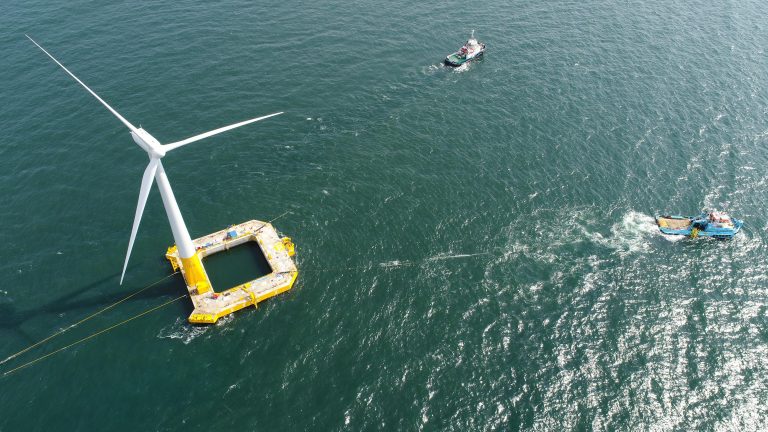Three collegiate teams that are developing medical devices took the top prizes at this year’s Innovation Showcase, winning $3000, $5000 and $10,000 in seed money for their products at the American Society of Mechanical Engineers’ annual design competition. We present the first-place winner, the Hemova implantable access port for hemodialysis patients, an innovation by students at Johns Hopkins University in Baltimore, Maryland.
The problem with dialysis
Worldwide, there are more than two million people who have suffered kidney failure and need regular hemodialysis sessions to clean their blood. To link a patient to a dialyzer, a surgeon creates an access point to the patient’s blood vessels, usually in the arm. It is there that the Johns Hopkins team’s new implant, Hemova, may improve the procedure. The access point is typically a fistula, a vein and an artery that are surgically joined. Or, if there are complications with that option, a surgeon may instead join the vessels by grafting a tube as a bridge between them. The result is a bigger vessel that can handle a greater amount of blood flow to the dialysis machine and back. Those access points, however, are not perfect. They can become infected, clotted with blood, and over time, they can deteriorate under the high rate of blood flow and close down. Some patients may need surgical repair or new access points created as often as once per year.

The Hemova device attaches to a vein in a patient’s thigh to extract blood for dialysis, then pump it back in. Image courtesy of the Hemova team
Better access
The new device is an implantable access port that links directly to a vein in the upper thigh. It solves several of the problems known to afflict such implants in the past. First, it is less likely to cause the vein to close because it attaches to a femoral vein, which can withstand higher flow rates. Second, it avoids infection because it is implanted entirely beneath the skin with nothing exposed. And it avoids clots: When dialysis is completed, the whole device can be flushed with a saline solution to remove clots and contaminants. With those built-in innovations, the device should last longer than fistulas and grafts—three to five years before it would need replacement.
If just 13 percent of the 350,000 US patients with kidney failure adopt it, the device could save as much as $600 million per year in avoided surgeries, its creators say. Those savings are more surprising given that the device is relatively cheap at $200 for the cost of materials.
“We’re creating a new way of thinking about access sites,” Peter Li, a co-creator of the device, told E4C.
Within the last decade, at least two biotech companies have tried to make access devices, but they did not overcome some of those major problems with infection, cleaning and clotting and other issues. Li and his team, however, say that other peoples’ failures are lessons from which they can learn. The team can also learn from a boom in research into why access point close down.
“We have a good amount of hindsight available to us now. We have data from failed companies and access to physicians at Johns Hopkins,” Li says. “It’s an exciting field because just very recently there are a lot of people looking at this problem. If this were five years later, we probably wouldn’t have had this opportunity.”
If the device makes it to clinical trials in people, the first tests may begin with those few who have exhausted all of their possible access sites and can no longer receive hemodialysis. In the United States, there are about 18,000 patients who have endured all of the access-site surgeries possible and no longer have blood vessels that can support fistulas, grafts or the insertion of a catheter. Of those, more than 6000 die every year, Li says. If Hemova works, it could help save their lives.
Hemodialysis in the developing world
Hemova is targeted only at the US market now, Li says, but if it meets its potential as a major cost saver, there’s no reason the Johns Hopkins team wouldn’t look to outside markets later. Those markets could be large. Worldwide, the ranks of patients that need regular hemodialysis treatments grow by about eight percent each year (though records are spotty in some developing countries). About 20 percent of those are in 100 developing countries, not including Brazil, according to a study published in 2003 in the journal Kidney International.
For some of the most impoverished, however, a device like this might help, but it wouldn’t be a panacea. The problem is more basic than inadequate access sites in some parts of the world. Most people who suffer kidney failure in Sub-Saharan Africa, for example, die because they can’t afford dialysis treatments, and kidney transplants are not available, the study found. In the poorest areas, health officials may do better to fund preventive measures and kidney transplantation, the study authors recommend.
In some of the largest developing countries, however, access to healthcare and equipment such as dialyzers is improving. It is there that an affordable device like Hemova could make treatment more sustainable.

The first prototype is shown on the left, with its under-the-skin ports on the left side and valves to attach to the vein on the right. The righthand photo shows a close-up of the valve that attaches to the vein. Photo courtesy of the Hemova team

